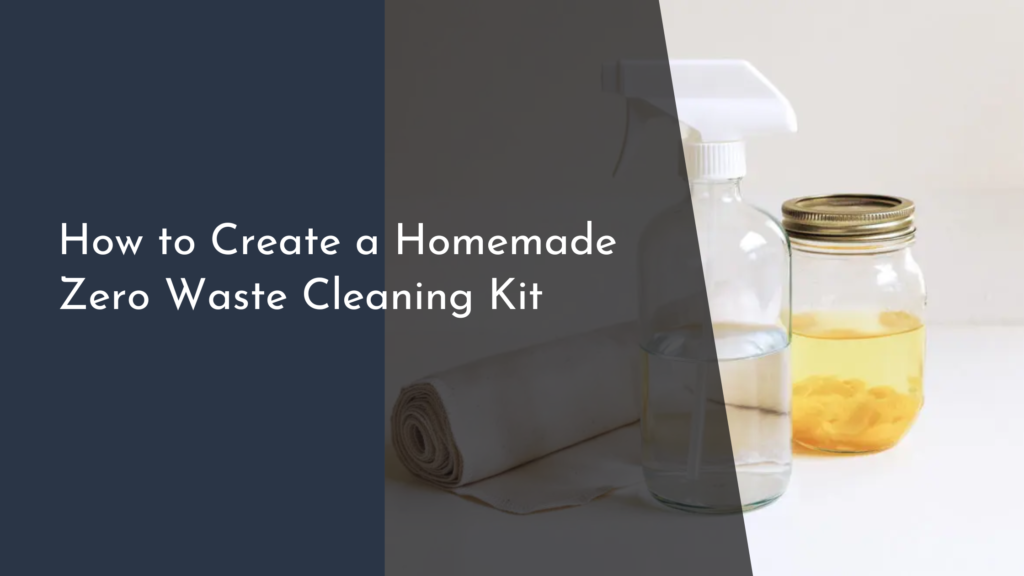DIY Water Harvesting Projects for Beginners
In recent years, water harvesting has emerged as a sustainable and cost-effective way to conserve water and enhance self-sufficiency. Whether you’re an environmental enthusiast looking to reduce your water bill or simply intrigued by the idea of capturing rainwater, DIY water harvesting projects are a rewarding venture for beginners. This guide will walk you through the basics of water harvesting, the essential tools and materials you’ll need, a step-by-step guide to creating your own system, and tips for maintaining your setup. Let’s dive in and discover how you can start harvesting water right at home!
Understanding the Basics of Water Harvesting
Water harvesting is the practice of collecting and storing rainwater for future use. The concept is simple yet profoundly effective, involving the capture of runoff from surfaces like roofs or driveways that would otherwise be lost. This stored water can then be used for a variety of purposes such as watering gardens, flushing toilets, or even for drinking and cooking if properly filtered. The benefits of water harvesting go beyond just conserving water; it also helps in reducing erosion and decreasing your dependency on municipal water supplies, which is particularly advantageous in areas prone to droughts.
There are several types of water harvesting systems, ranging from simple rain barrels to more complex setups involving filtration and plumbing. For beginners, starting with a basic system like a rain barrel is ideal. This involves placing a barrel under a downspout to collect the runoff from your roof. More advanced systems might include pumps, filters, and larger storage tanks. Understanding the fundamentals of how these systems work will empower you to scale your setup according to your needs and the environment you live in.
Essential Tools and Materials You’ll Need
Embarking on a DIY water harvesting project requires a few basic tools and materials. First and foremost, you’ll need a large container to store the water. Rain barrels are popular choices due to their availability and capacity. You’ll also need a downspout diverter kit, which helps redirect water from your roof into the barrel, ensuring efficient collection and preventing overflow. Additionally, a filter mesh or screen is important to keep debris and insects out of your collected water.
Other essential items include a spigot or tap for easy access to the water you’ve collected, and a sturdy base to elevate your barrel for gravity-fed water access. Depending on the complexity of your system, you might also require PVC pipes, connectors, and sealant to ensure a leak-proof setup. Having the right tools, such as a drill for creating holes and a wrench for tightening connections, will make the installation process much smoother and more efficient.
Step-by-Step Guide to Creating Your Own System
Creating your own water harvesting system can be both simple and rewarding. Start by selecting a location for your rain barrel. Ideally, this should be near a downspout to optimize water collection. Ensure the ground is level and stable; using a concrete or wooden platform can help with this. Next, attach the downspout diverter to your gutter system. This involves cutting the downspout and installing the diverter, which will direct water into the barrel while allowing overflow to continue down the original path.
Once the diverter is installed, position your rain barrel under it. Ensure that the barrel’s inlet is lined up with the diverter output for maximum efficiency. Install a spigot near the base of the barrel for easy water access. Be sure to add a screen or filter over the barrel’s inlet to prevent debris from entering. Finally, test your system with a bit of water to ensure everything is watertight and functioning properly. Adjust any connections as needed to prevent leaks and optimize flow.
Tips for Maintaining Your Harvesting Setup
Maintaining your water harvesting system is crucial to ensure its longevity and efficiency. Regularly check and clean the filter mesh to prevent clogging and allow water to flow freely into the barrel. Debris such as leaves and twigs can accumulate on your roof and gutters, so it’s important to clean these areas periodically to prevent them from entering your system and causing blockages.
Another important aspect of maintenance is checking for leaks in your setup. Inspect your barrels, pipes, and connections regularly, especially after heavy rain. Tighten any loose fittings and replace damaged components promptly to avoid water loss. During colder months, consider draining your system to prevent freezing, which can cause cracks and damage. With these maintenance tips, your DIY water harvesting project will continue to serve you effectively for years to come.
Embarking on a DIY water harvesting project is not only an environmentally friendly decision but also an empowering step towards water self-sufficiency. With the right knowledge, tools, and a little bit of effort, you can seamlessly integrate this sustainable practice into your daily life. As you become more experienced, you may decide to expand your system or incorporate additional features. Remember, the key is to start simple, maintain your setup diligently, and most importantly, enjoy the process of learning and contributing positively to the planet. Happy water harvesting!

